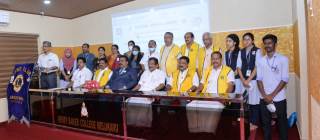Our campus houses twenty-six species of butterflies in a meagre area of 3.6 acres. We had a large common lantana bush in front of the office. During the spring of 2017, our Nature Club volunteers noticed the nature’s abundance of beauty flying around it. A gifted photographer, Albin C. J. of II B. A. English took photos of butterflies and the Nature Club organised an exhibition of those photos. We planted more varieties of Common Lantana and other plants that provide a healthy habitat for butterflies. The area is notified as Butterfly Park.
Butterfly garden developed by HBC is an important achievement in the field of nature education. The objective of this striving is to support butterflies living in the vicinity of HBC Campus, by providing host plants for their caterpillars as well as nectar plants generally suitable for newborn butterflies. These plants are allowed to grow and to senesce naturally, so as to avoid disturbing any overwintering eggs or pupae. Some of the butterflies that can generally be seen in the HBC campus garden include Blue Tiger, Chocolate Pansy, Common Mime, Common Bush Brown, Common Five Ring, Common Four Ring, Common Grass Yellow, Common Rose, Common Sailor, Common Sergeant, Damesfly, Ditch Jewel, Glossy Tiger, Great Eggfly, Green Marsh Hawk, Grey Eggfly, Grey Count, Grey Pansy, Mottled Emigrant, Orange Tailed Marsh, Pied Paddy Skimmer Plns Cupid, Rice Swift, Southern Skimmer, and Tamil Yeoman. Plants that are raised in the HBC garden for forage by butterflies include Clerodendrum paniculatum, Crotalaria pallida, Cuphea hyssopifolia, Gardenia sp., Gloriosa superba, Hibiscus spp., Ixora spp., and Lantana spp.

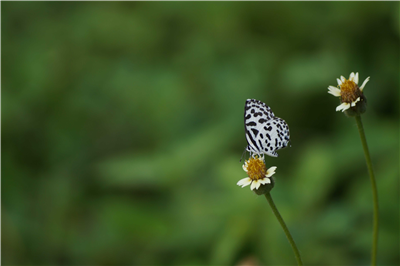
Butterfly Garden
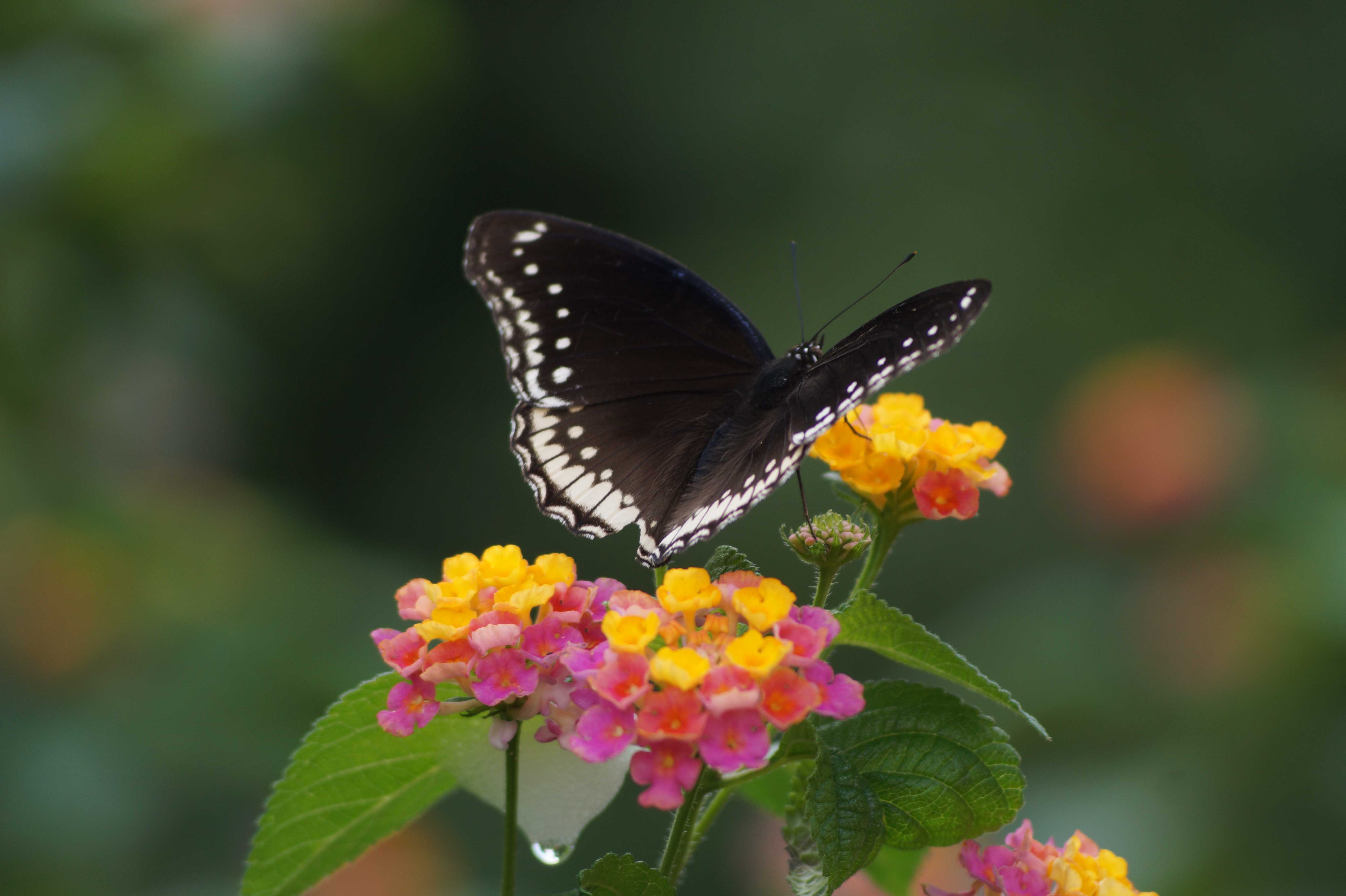

Butterfly Garden

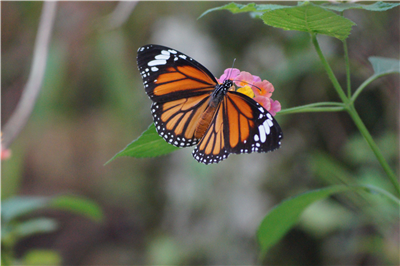
Butterfly Garden

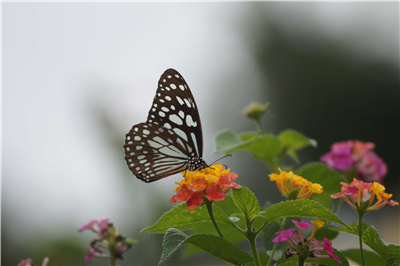
Butterfly Garden





